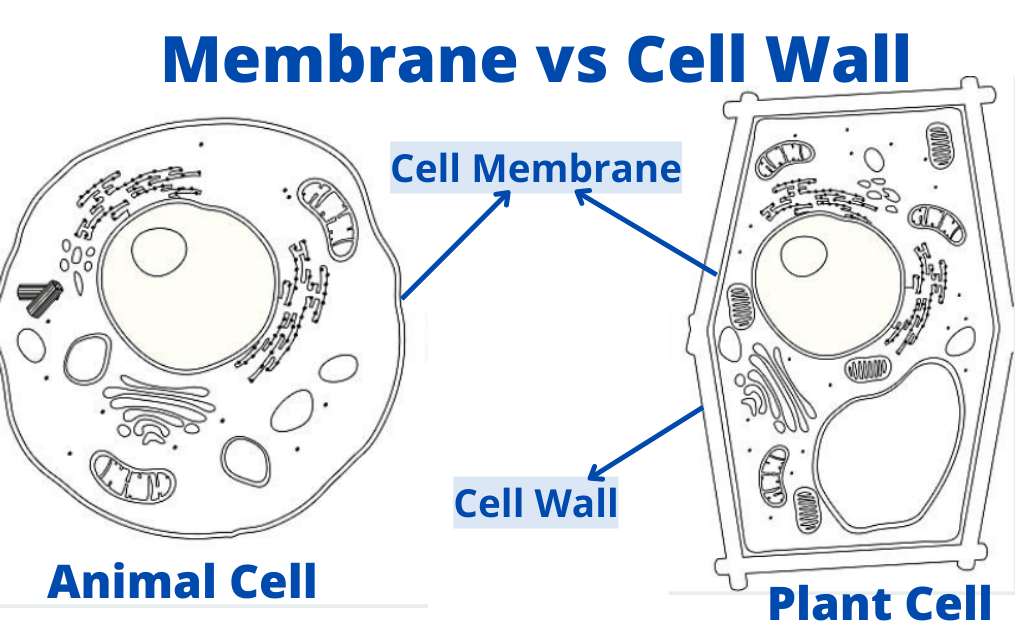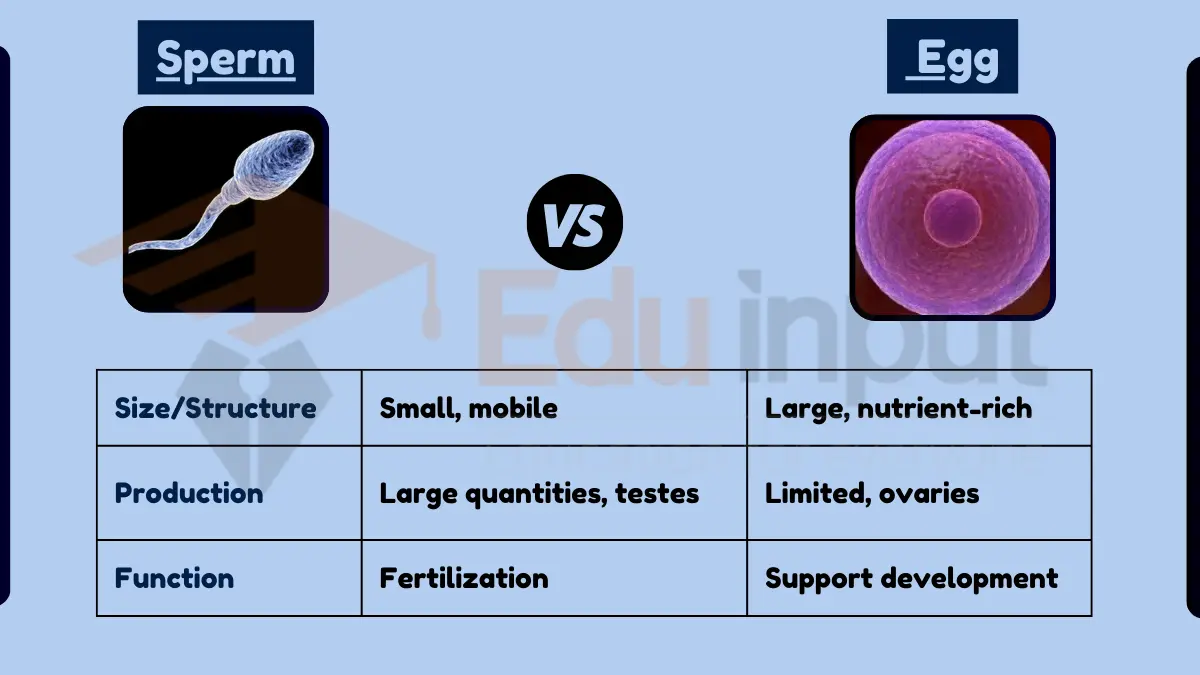Difference Between Tonic and Phasic Receptors
Key Difference
Tonic and phasic receptors are two types of sensory receptors in the body that respond to stimuli, but they differ in how they adapt to sustained stimuli. Tonic receptors, also known as slow-adapting receptors, respond continuously and consistently over time to a stimulus.
They are important for providing information about the duration of a stimulus, such as pain or muscle stretch. Phasic receptors, or fast-adapting receptors, are sensitive to changes in stimuli rather than sustained stimuli. They respond with a burst of activity initially but quickly decrease their firing rate if the stimulus remains constant, as seen in touch and pressure receptors.
Comparative Analysis
- Response to Stimuli:
- Tonic Receptors: Maintain a constant or slowly decreasing response to a sustained stimulus.
- Phasic Receptors: Respond primarily to changes in stimuli; quickly adapt and decrease response if the stimulus is constant.
- Adaptation Rate:
- Tonic Receptors: Slow-adapting.
- Phasic Receptors: Fast-adapting.
- Examples:
- Tonic Receptors: Pain receptors, muscle stretch receptors.
- Phasic Receptors: Touch receptors, pressure receptors in the skin.
- Function:
- Tonic Receptors: Provide information about the persistence or duration of a stimulus.
- Phasic Receptors: Detect changes or new stimuli in the environment.
- Importance in Sensory Perception:
- Tonic Receptors: Important for continuous monitoring of ongoing activities.
- Phasic Receptors: Crucial for alerting to changes or new events.
Table Summary of Tonic vs Phasic Receptors
| Feature | Tonic Receptors | Phasic Receptors |
|---|---|---|
| Response to Stimuli | Continuous/slowly decreasing response | Initial burst, then rapid adaptation |
| Adaptation Rate | Slow-adapting | Fast-adapting |
| Examples | Pain, muscle stretch | Touch, pressure |
| Function | Signal duration of stimulus | Detect changes/new stimuli |
| Sensory Perception | Ongoing monitoring | Alerting to changes |
Read Difference Between Autonomic and Somatic Reflexes

 written by
written by 



Leave a Reply